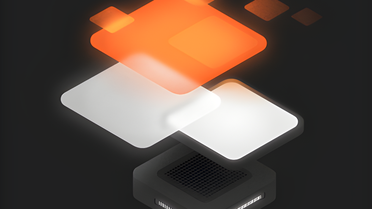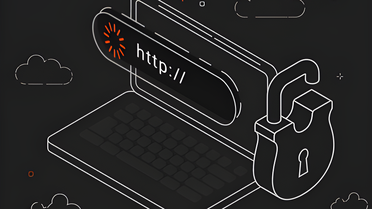Routing

Why Is the Future of the Load Balancer at the Edge?
Explore how edge computing revolutionizes load balancing for unstoppable web performance and scalability. See Azion's advanced tech today!
MAR 8, 2023 • 7 min read





5 Benefits of Edge Computing for Banking Technology
Explore how Edge Computing enhances cybersecurity, ensures uptime, and optimizes costs for the financial sector, particularly banks and fintechs.
FEB 27, 2023 • 9 min read



Five Cases of IT Transformation with Edge Computing
Discover the transformative power of Edge Computing through success stories from diverse sectors. Explore its impacts on cost reduction, application performance, and user experience.
FEB 15, 2023 • 17 min read


OSI Model and TCP/IP Model: The Importance of Standards for Networks and the Internet
Explore the OSI and TCP/IP models, their role in network communication standards, and protocols essential for the Internet's function.
JAN 30, 2023 • 6 min read


Black-Friday Traffic: Is Your Store Ready?
Prepare your e-commerce for Black Friday with Azion's advanced Load Balancer and Edge Cache. Optimize speed and reliability for peak traffic days.
AUG 2, 2022 • 8 min read


What Is HTTPS and How Does It Work?
Explore how HTTPS enhances web security with SSL, TLS, and encryption to protect data and ensure safe online transactions.
MAY 11, 2021 • 14 min read


What Is HTTP and How Does It Work?
Explore the essentials of HTTP, from its stateless nature and security vulnerabilities to its evolution and integration with TCP/IP and QUIC protocols.
APR 27, 2021 • 14 min read


Boost Revenue With a More Fault-Tolerant Website
Discover how Edge Network enhances fault tolerance with distributed, flexible infrastructure for superior website performance and reliability.
APR 23, 2021 • 5 min read


The Coming of Age for 5G Private Networks
Explore the benefits and capabilities of 5G private networks, their deployment options, and how they are revolutionizing industrial IoT.
JAN 5, 2021 • 11 min read


The Current State of 5G Deployments
Explore 5G network performance, deployments, and mmWave technology. Discover how 5G infrastructures drive innovations in IoT, VR, and more with Edge Computing.
NOV 27, 2020 • 12 min read

Subscribe to our Newsletter
Get the latest product updates, event highlights, and tech industry insights delivered to your inbox.